I took the overnight sleeper train from Giza (starts in Cairo) to Aswan, it takes about 10 hours, but trains don’t quite run like clockwork, so it took 13 hours. It’s not luxury, you do get two small meals, like bad aeroplane food, one for diner the other breakfast. An old and quite dirty cabin but the sheets were perfect! I had booked a cabin to myself and after some confusion in the beginning I was relieved to get one! A few tips should anyone decide to use this train (I certainly would), the air conditioner is always on at full (the dials on the wall don’t work in any of the cabins), it may be blistering hot outside in the evening but bring a long top or use the blanket! The next morning everyone was saying how cold the rooms were and huddled against the windows in the corridor to take in the morning sun! The second, if you plan to use the toilet best do so at the beginning of the journey; it doesn’t have the best flushing mechanism (drops straight onto the tracts) and after 13 hours of people using it, it is a distinct vision burnt into your retina and a smell jolts you awake! Best wait till you get to your hotel!
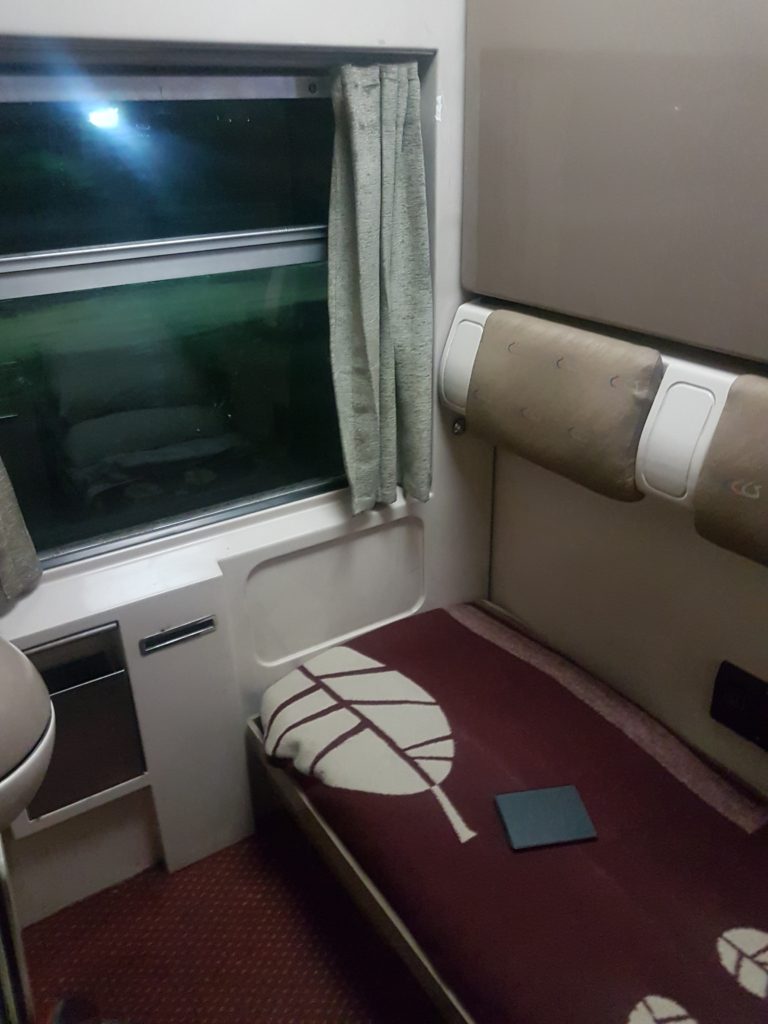
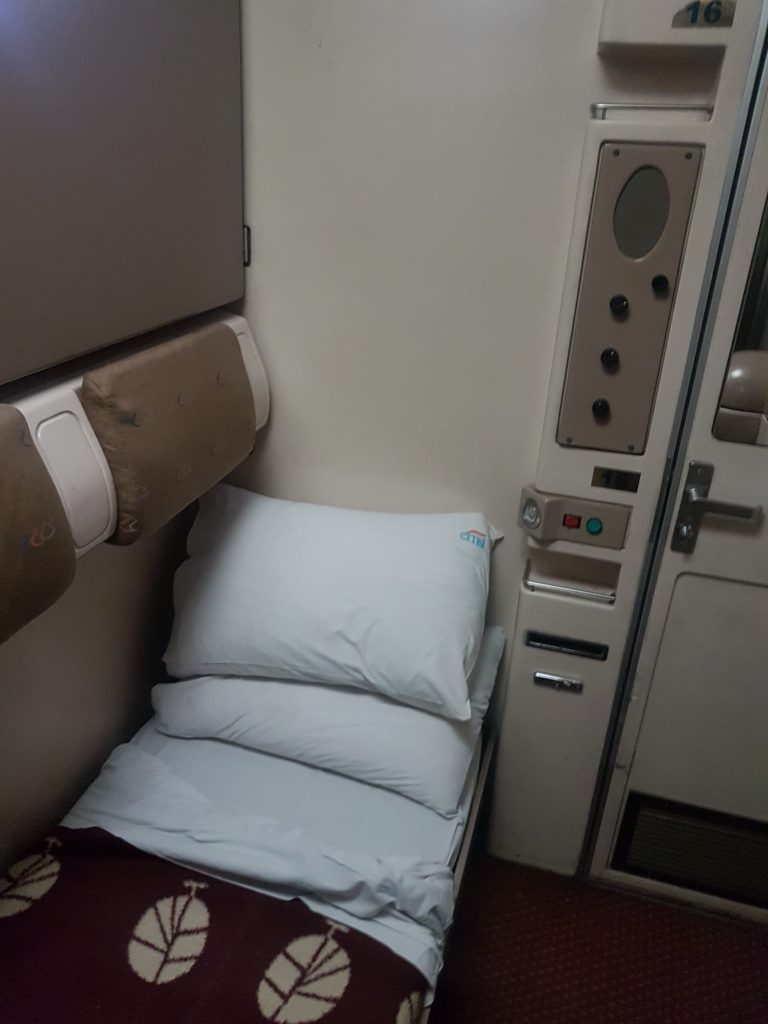
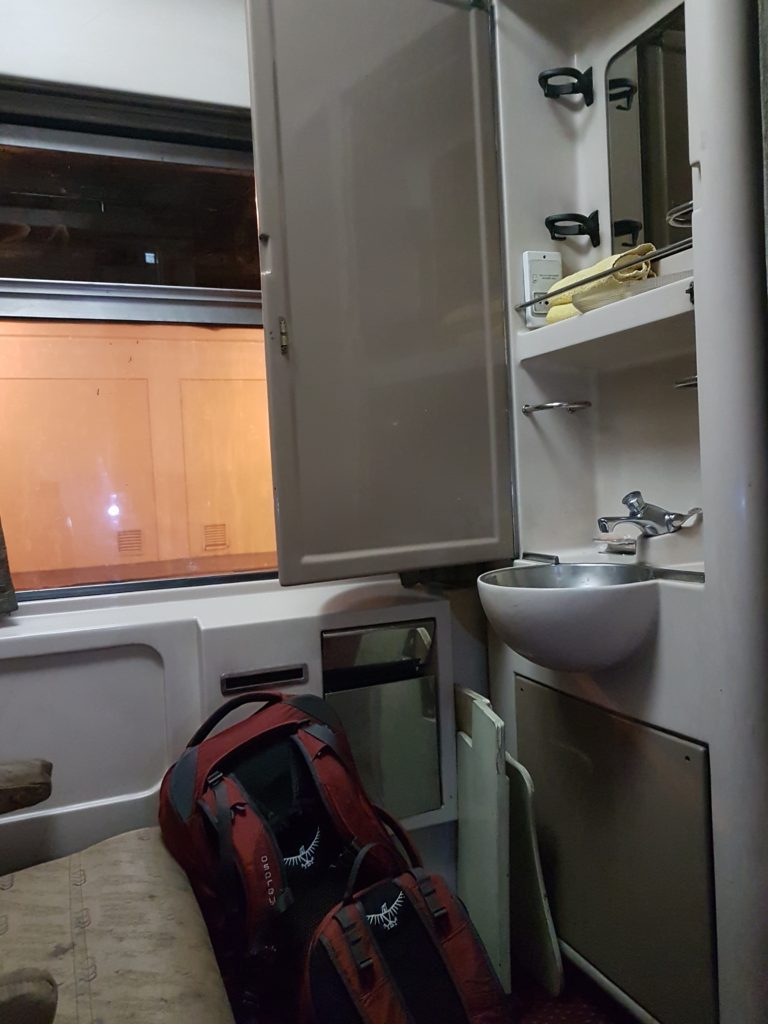
Accommodation
After a little mishap at my first hotel (you can see the detail on my diary page – 4th October) I ended up at the Basma Hotel. Great location quite high up giving you a panoramic view of the city along the Nile, it has a swimming pool too and in the heat I’d been having this was an added bonus!

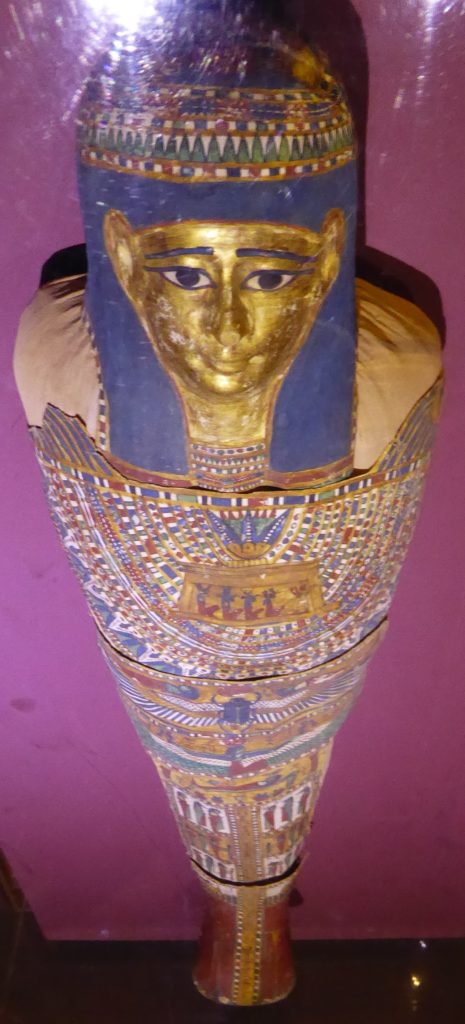
Nubian Museum
My hotel was over the road from the Nubian Museum, a bit of info I found out was that in Aswan the West side of the Nile is for Nubians and only they can live there but they can live on the East side if they choose along with Egyptians and others, I could find out why. The museum looks new but still has a bit of a rustic charm feel to it as the exterior is in keeping with traditional architecture and lovely gardens you can amble through, with the interior as up to date and modern as you can want; by that I mean they have thought of everything you would imagine a new museum would priorities…preservation of the artefacts. They have a great collection from Aswan and the surrounding areas obviously with strong Nubian tendencies, not in large quantities but great quality starting from the prehistoric right through to the Islamic Kingdoms – quite a lot covering old, middle and new Kingdoms of Egypt.
One of the displays that I really liked was that of the copper tools they used. Might seem like looking into someone’s old toolbox but these tools are what made Egypt’s great monuments and to me just adds to the awe and appreciation for what they achieved. Museums may not be everyone’s cup of tea but if you are in the area you really should give it a visit, it takes about an hour at most…for someone like me it took two.


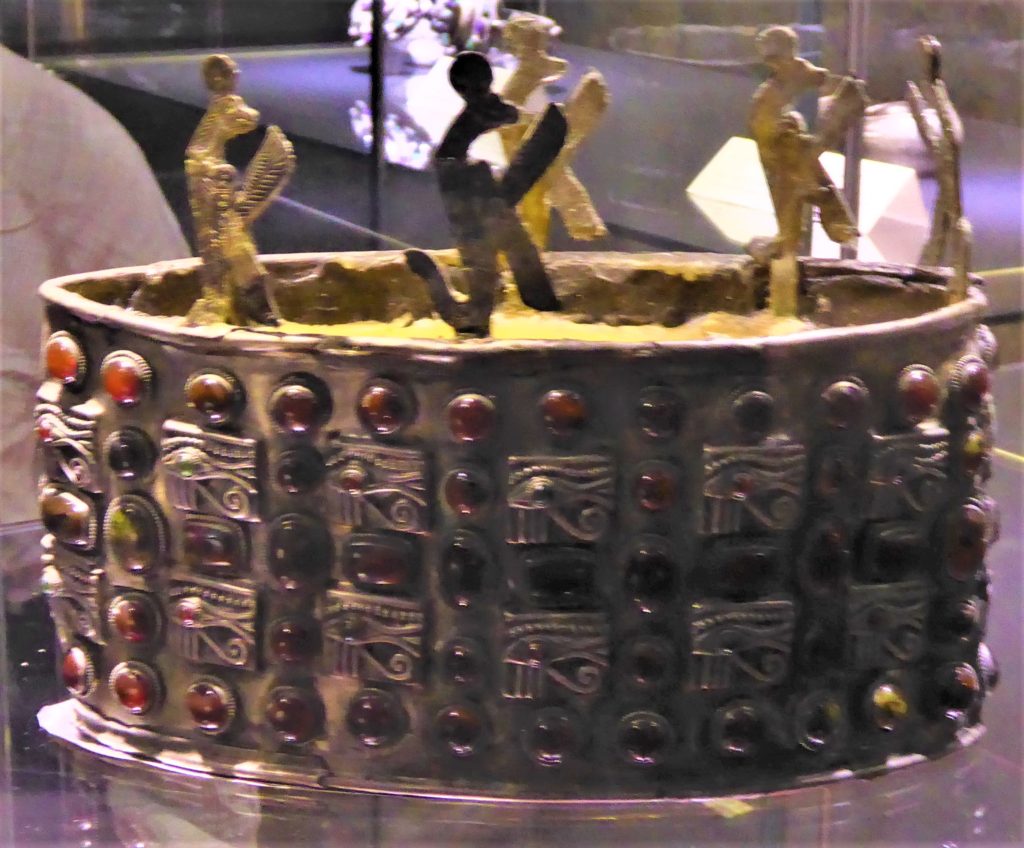
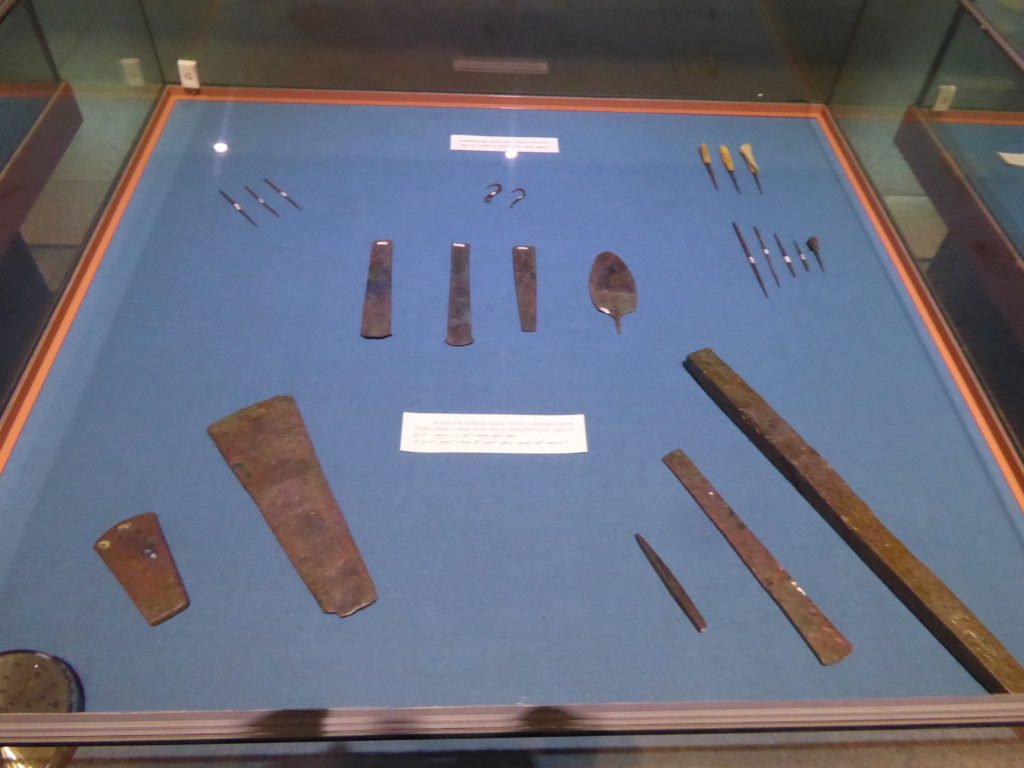
Unfinished Obelisk
Within a 15-minute drive from central Aswan and still within the main part of the city is the old pink granite quarry. Hard to believe that this area would have been a hive of activity and noise of stone hitting stone and large numbers of manual and skilled labour working this quarry and others nearby to supply the wealthy elite and Pharaohs with granite for their palaces, temples, tombs, pyramids etc. etc.
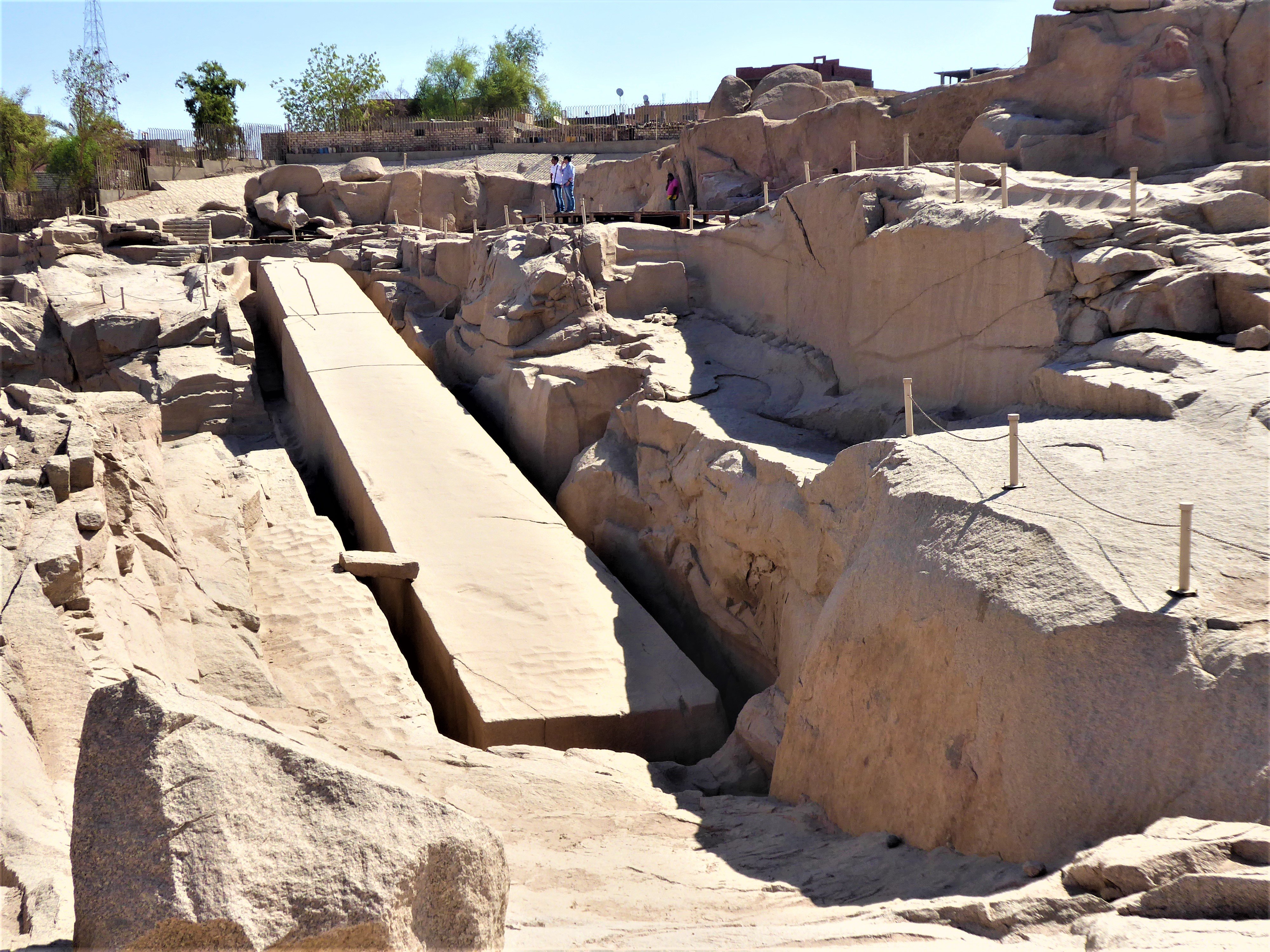
A boulder type hill in a now changed landscape from ancient times used to house a manmade jetty/dock leading right between two parts of the quarry. This made the distance from where the stone was cut to its means of transport up the Nile much shorter using pullies, ropes, levers animal and sure man power to lower the stone from the hill onto the boat/barge. The boulder hill is pockmarked everywhere with meticulous shaping and holes; these are not the marks of random luck, these are the marks of masters of craft and landscape con-caving the stone by repetitive pounding and grinding of handheld diorite stone against the granite boulder hill. A laborious, tedious and monotonous job of force and determination to satiate the need of king’s desires to have what they want. It must be said, that although the employees in the quarries undoubtedly had a hard life these monumental structures that were built must have employed many thousands. You cannot achieve what they did by slave labour (alone) and recent studies have shown that the workforce were well organise, fed and looked after and came from throughout the Kingdom.


The story of the unfinished obelisk is well told – work was halted because a crack had formed near the bottom making all the work for nought. Some facts that may not be as well known is that if it were finished it would have been double the size of the next biggest, the one at the Temple in Luxor weighs about 500 tons, the unfinished obelisk would have weighed near 1 200 tons and is near 43m long!
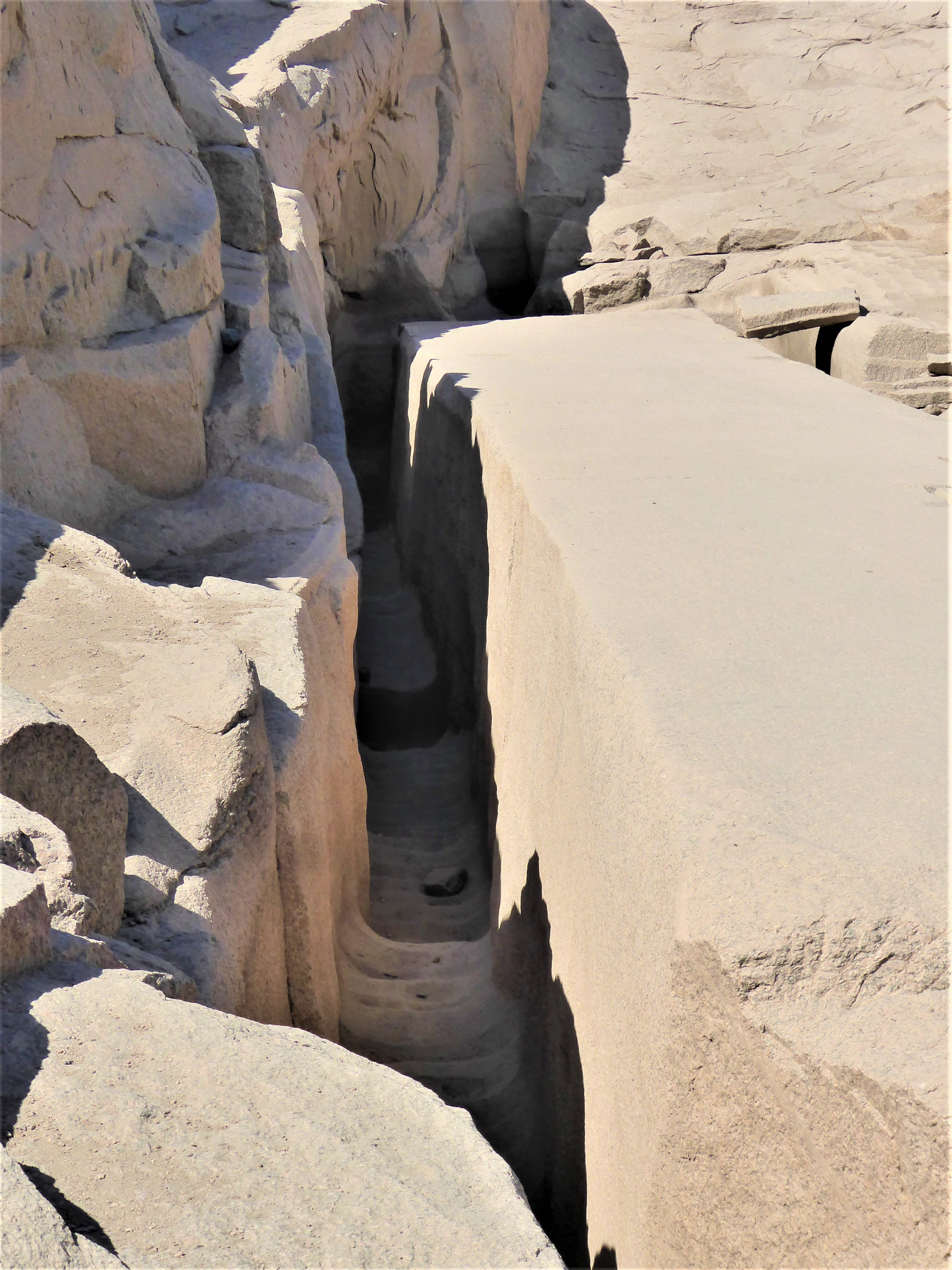
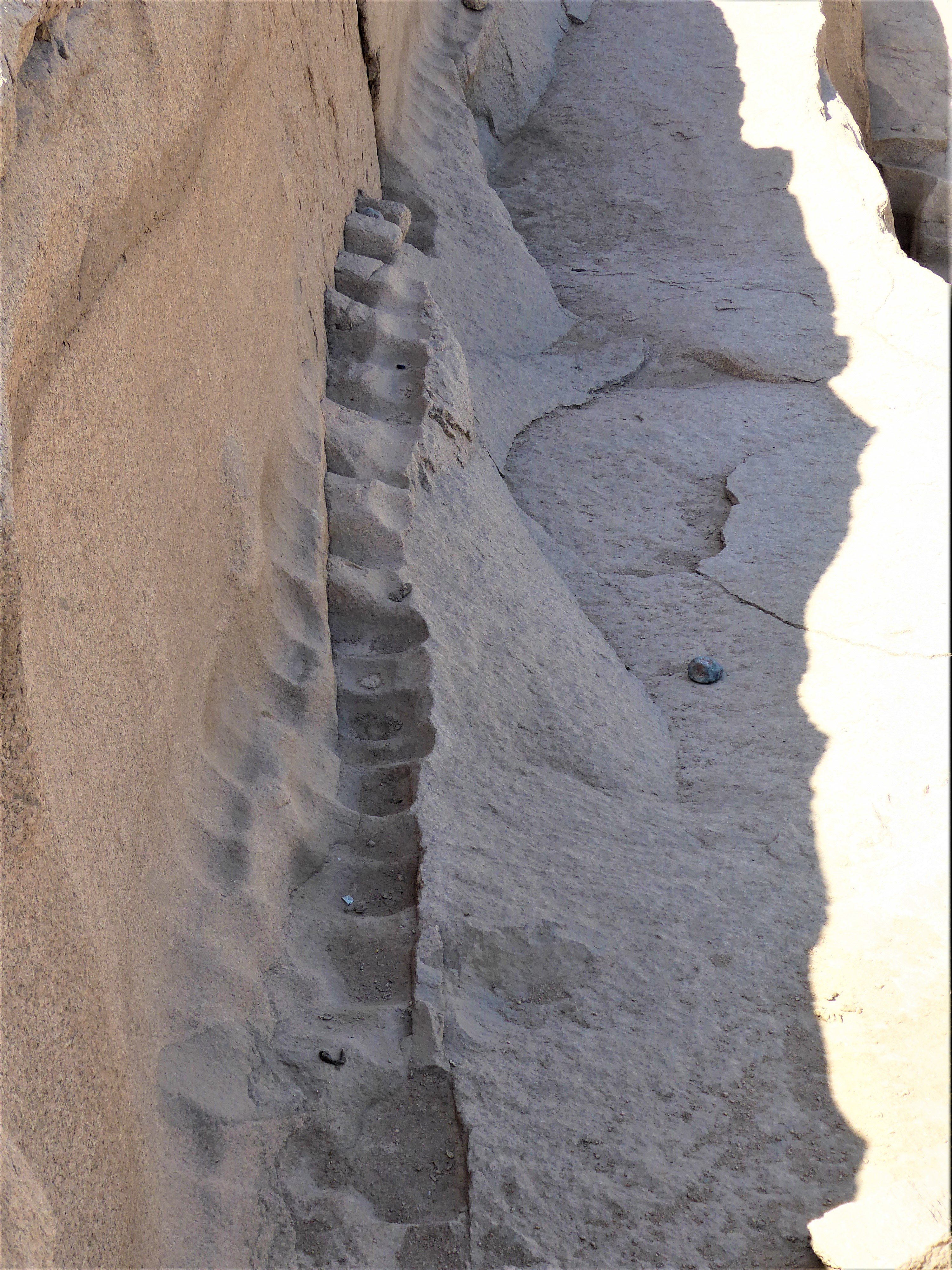
The obelisk was ordered by Hatshepsut / Hatchepsut (1507 – 1458 BC) who had great ambitions to become only the second female pharaoh, the first being Sobekneferu. Although Hatshepsut ruled alongside Thutmoses II she was a woman in a mans world (not much has changed) and went about proving herself and cementing her status by going big in what every she did, especially with the buildings and temples she ordered to be built. I won’t go into much detail about what she built as I’m heading to Luxor after Aswan, but she wasn’t just building for the sake of doing so; she re-energised the commitment and belief in the gods (and much more) to the population by building temples and in doing so elevated her status to one of the most successful Pharaohs of all time, male or female.
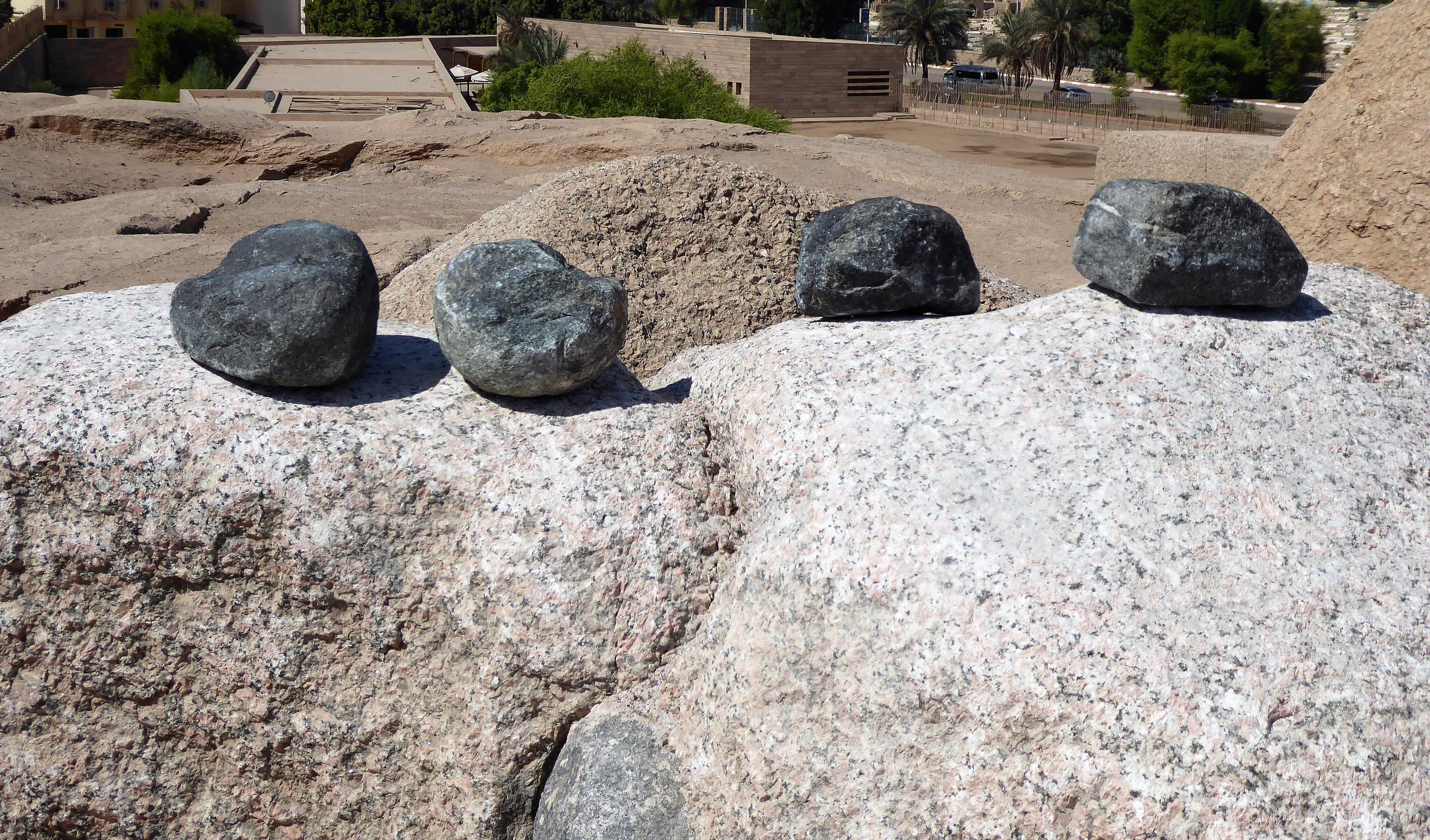
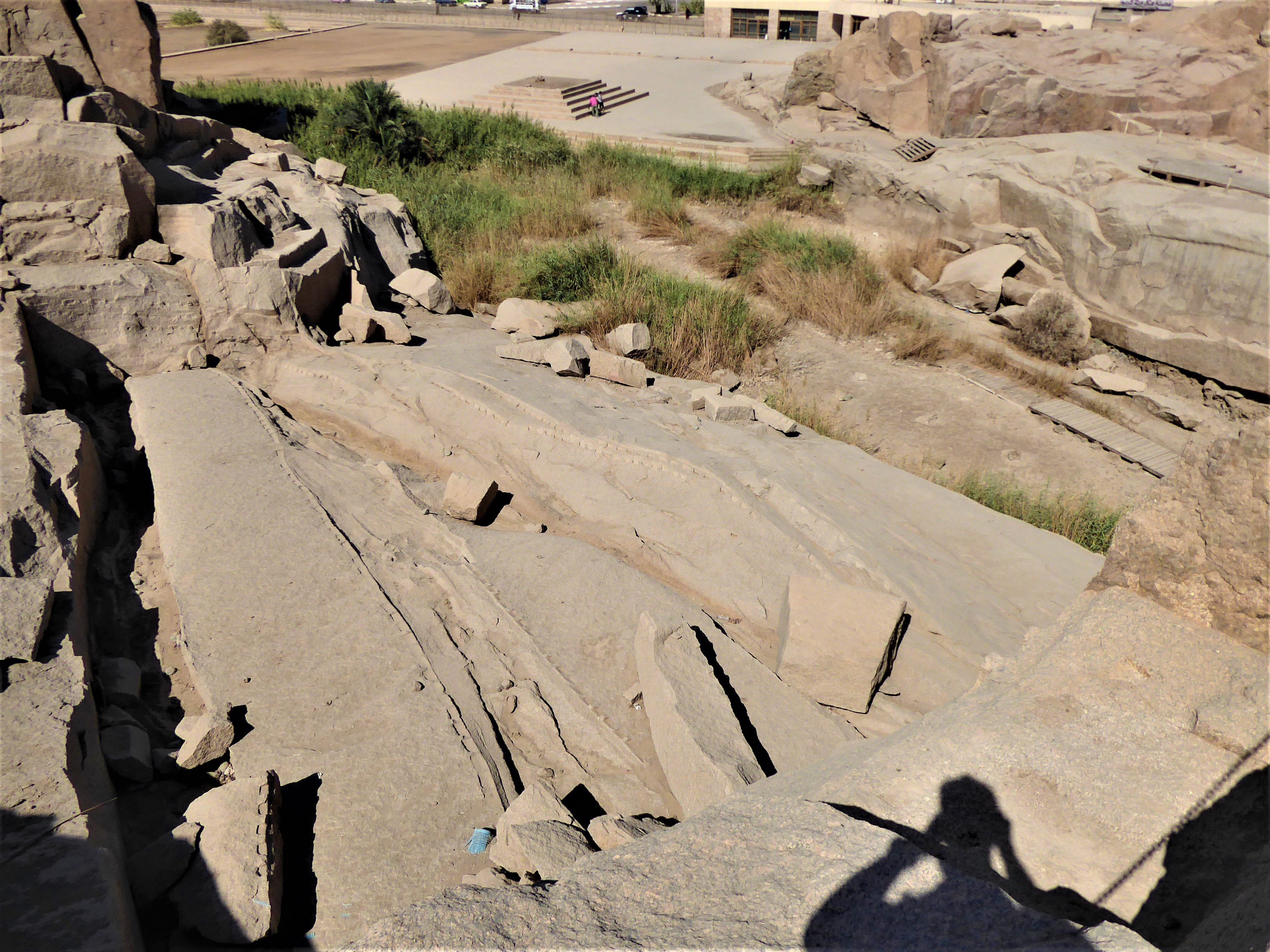
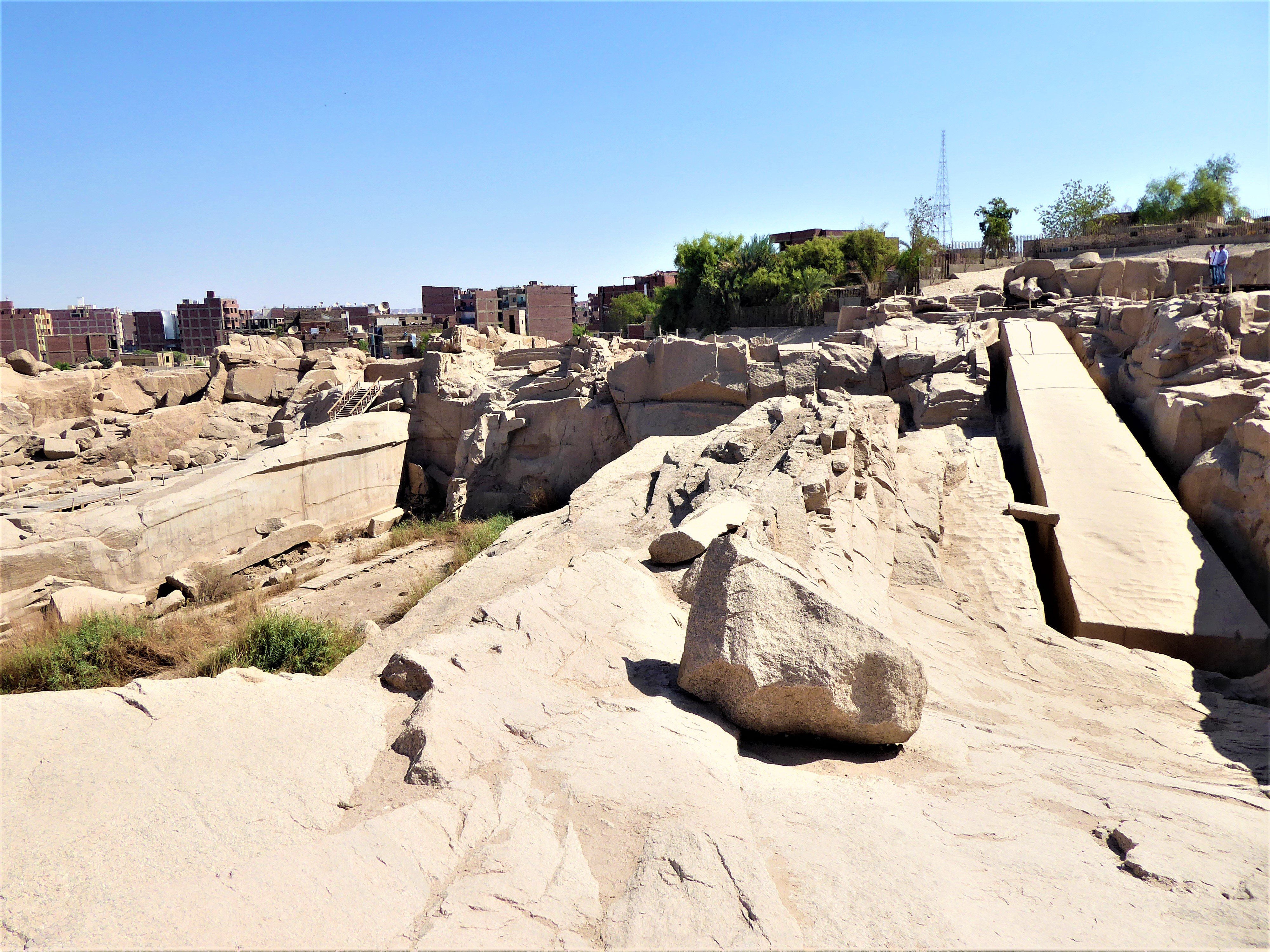
Aswan High Dam
As man does, we alter the landscape to fit our needs, the results can go either way. The first dam (Aswan Low Dam) was constructed between 1899 – 1902, this was to control the flooding of the Nile valley now over populated causing risks when it did flood…as it had been doing for thousands of years. It was also to service the population with hydroelectricity. The water level of the dam rose causing many ancient sites to be flooded, this was made worse when the wall was raised twice to achieve enough storage to keep up with development. Even though it was raised twice it still didn’t meet their needs to the government decided to build the new Aswan High Dam between 1960 – 1970. I was expecting a massive concrete wall but the wall is more akin to a massive embankment, still impressive. The new Aswan High Dam works well to control and store water but also produces the vast majority of Egypt’s electricity – the old dam wall is still intact creating two dams. Odd little fact, there are no crocodiles North of the Aswan High Dam Wall. The new dam flooded an immense area that include many ancient sites and if nothing was done they would be lost in the abyss of dam forever. The Egyptian government along with Unesco including the participation of 40 countries dismantled these sites and then reassembled them on higher ground.

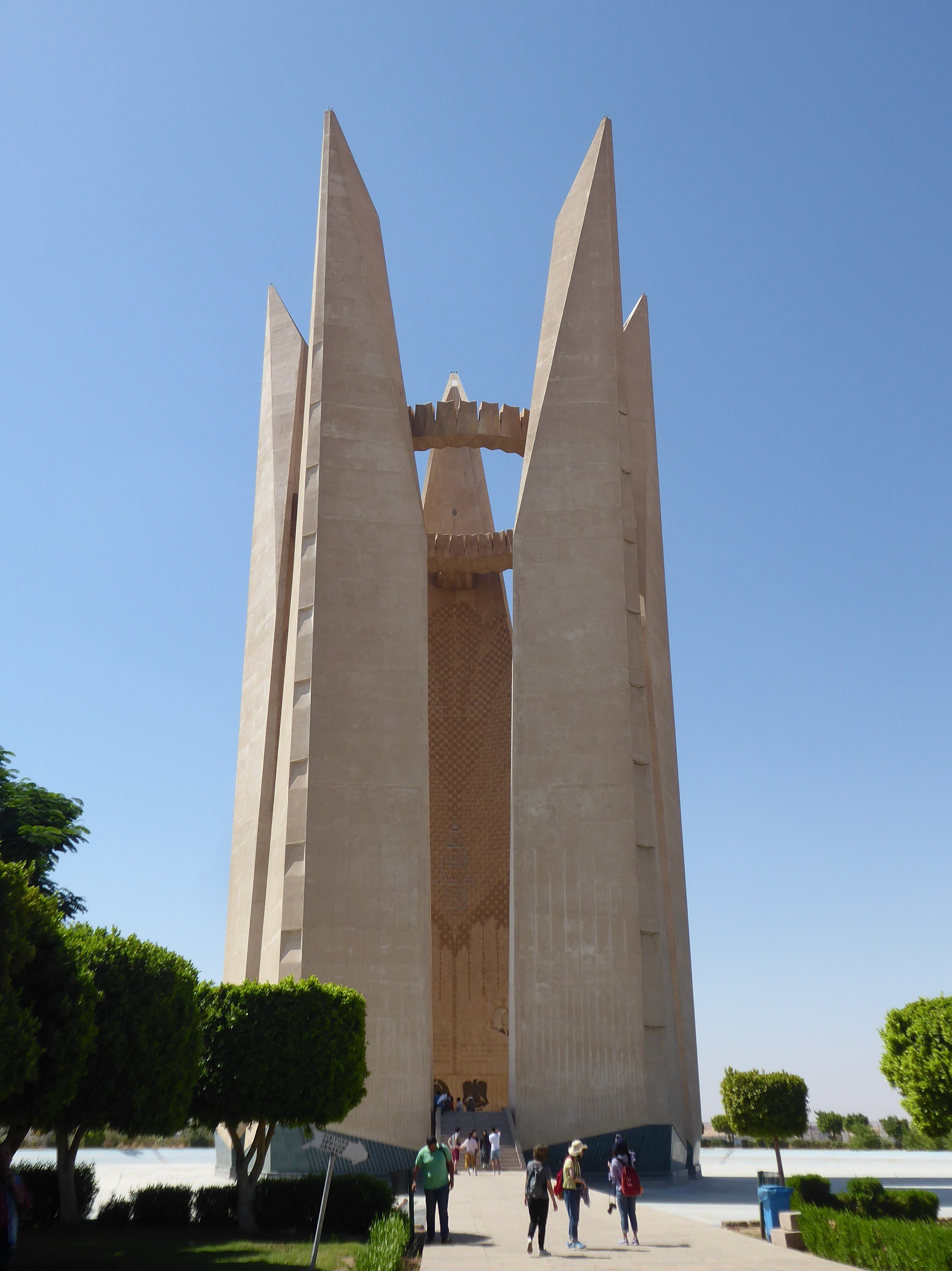


Philae Temple
Located about 500m from it’s original location it looks 100% authentic and unless you know it was moved you would never have guessed. When it was moved they did reinforce the foundations and restoration work has been done but not to replicate or reproduce anything. With the complex being under water for months per year before it moved the coloured paint that was visible in the early 20th century sadly has been washed away.
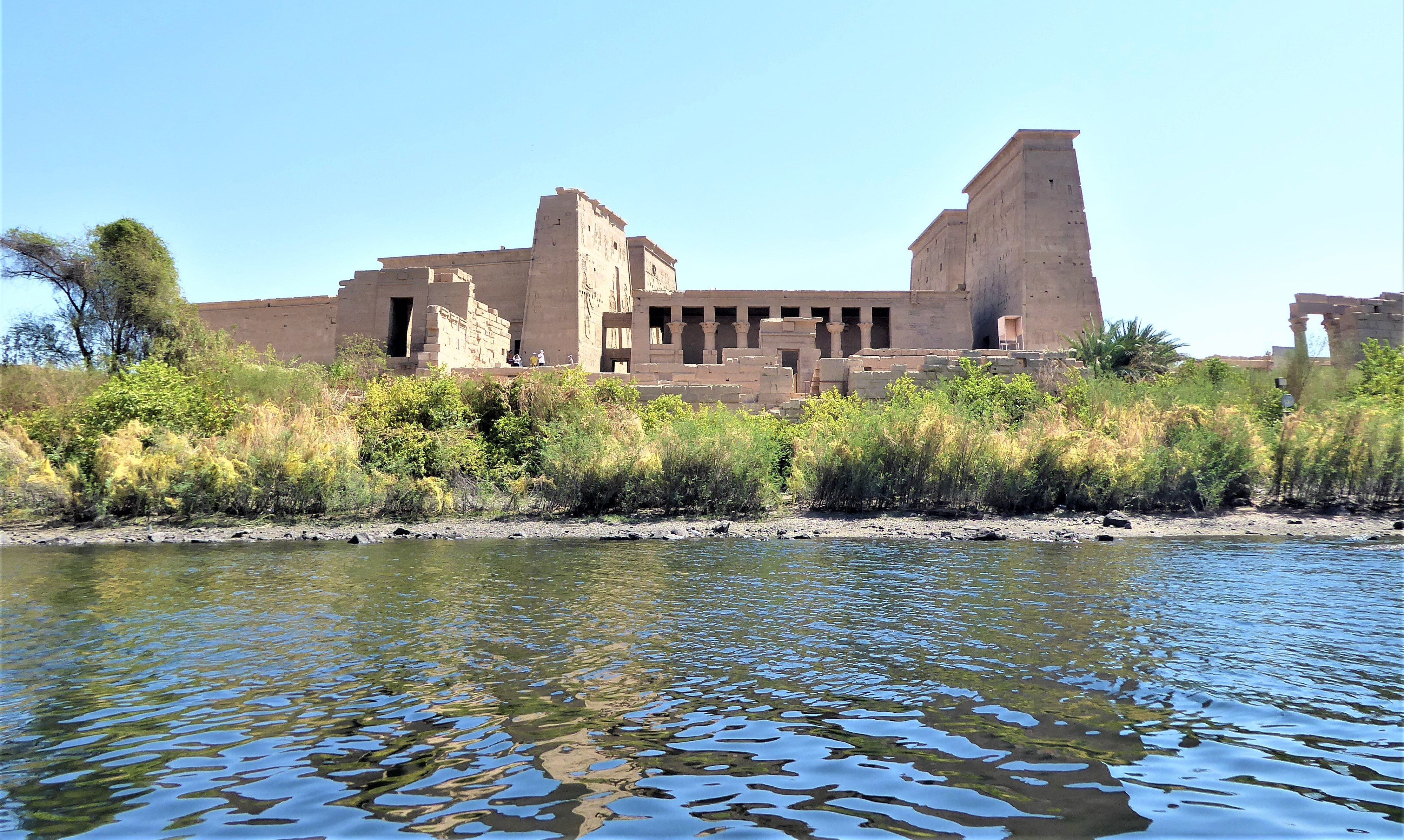
Philae was located at the Southern most point of Lower Egypt and was the last bastion of Ancient Egyptian religion and it is said the last place hieroglyphics was written in circa. 4th century AD.
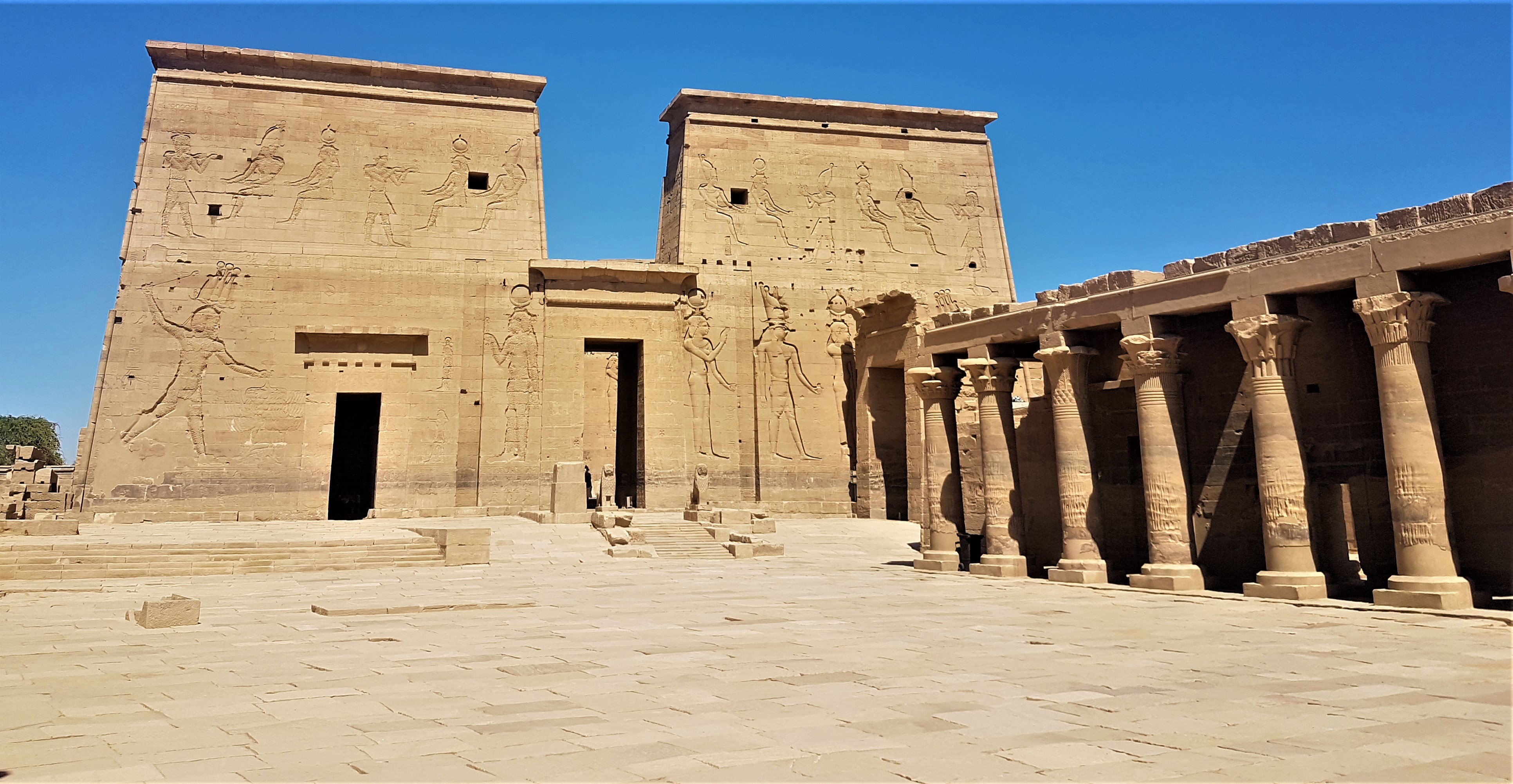
The Temple of ISIS is the main temple on the island and takes up most of the land too, stunning building. There are however many structures on the island on the periphery of the main temple: Temple of Hathor, Temple of Harendote, Birth House, Vestibule of Nectanebo I, Kiosk of Trajan and a few other structures too. All of these were built during the Greco-Roman period, some maybe earlier but it’s difficult to tell. I was told that to tell the difference between ancient Egyptian hieroglyphics and that of Greco-Roman is that the former was cut into the stone whereas the latter the writing and pictures protrude out of the stone (this is NOT TRUE). You can tell by the capitals (tops of pillars), if they are uniform it’s ancient times i.e. they are all the same per building – whether that be palms or lotus (open or closed), in the Greco-Roman times their capitols varied.
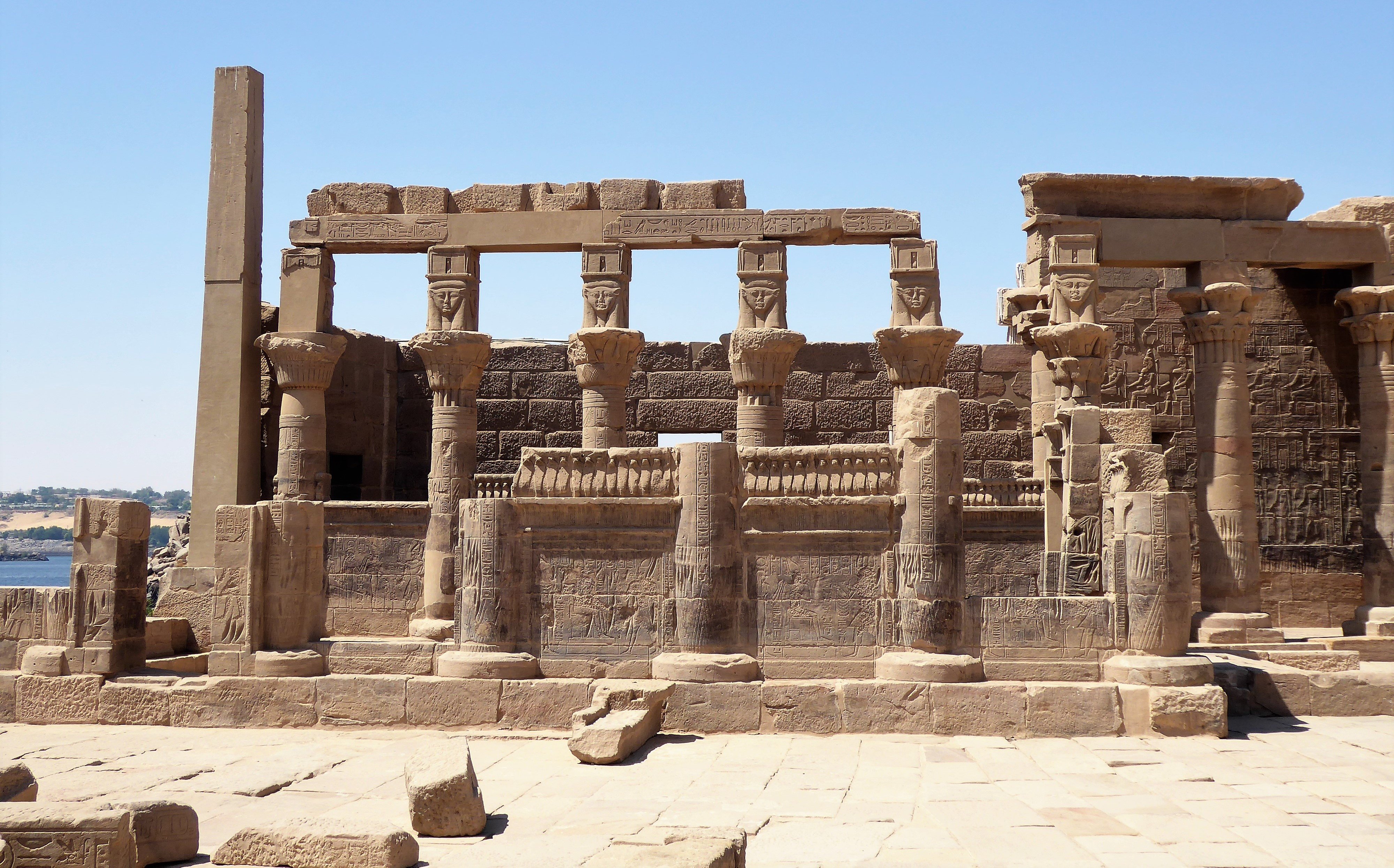
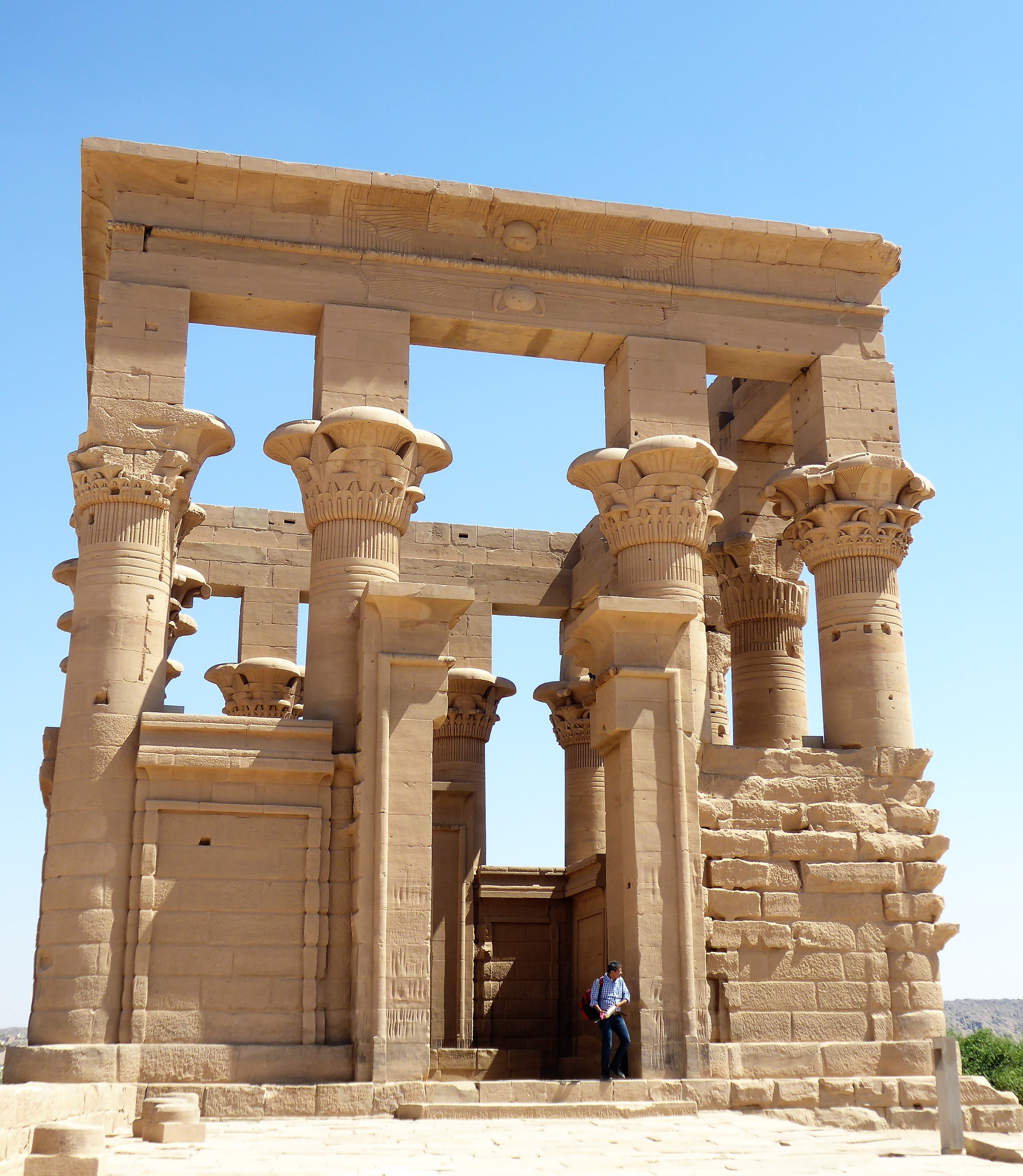

ISIS Temple
It was built in the mid-300s BC and it has seen the world change around it including its use from ISIS through to Christianity and visitors from ancient Greece, Rome and even Napoleon. Throughout the temple complex there is a lot of defacing of ISIS and anything linking to the old deities but not everywhere – there are quite a few places where crosses have been carved into the temple walls and pillars.
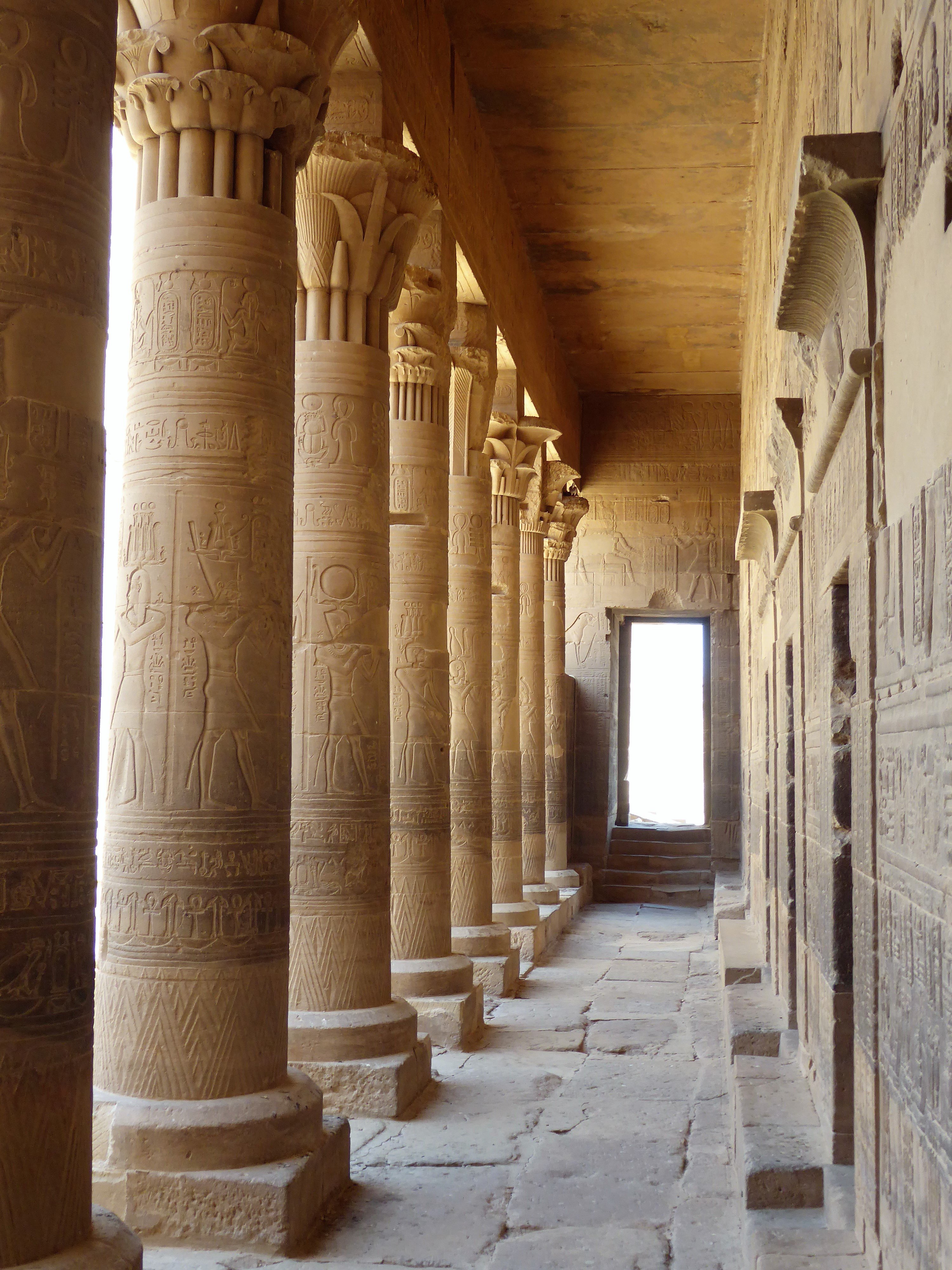
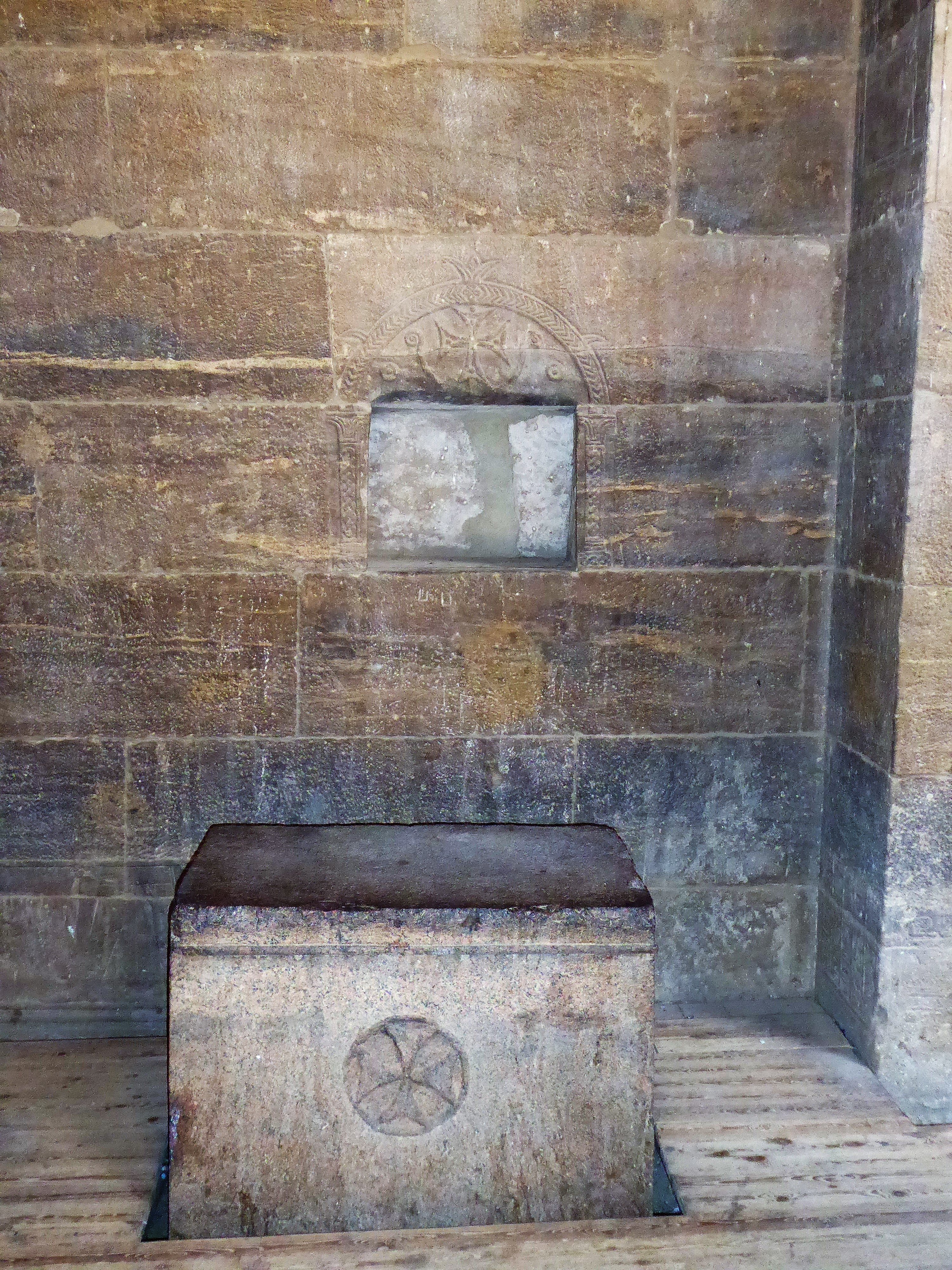

Philae is stunning and gives the opportunity to walk through time and religion whilst surrounded by ancient art and script. Walls covered with text and reliefs or both are a bit of a sensory overload, not every part is open to the public but you could spend a lifetime studying that which is. Definitely the most dense display of ancient Egypt life and artefacts in situ I have seen to date. How often do you get the opportunity to go into the sanctum of an ancient temple which only the high priest could assess and read the mythological stories they tell. If I had to do it again I would skip the High Dam and spend the day at Philae. An intimate setting steeped in history, war, politics, sex and religion surrounded by water…what’s not to like!
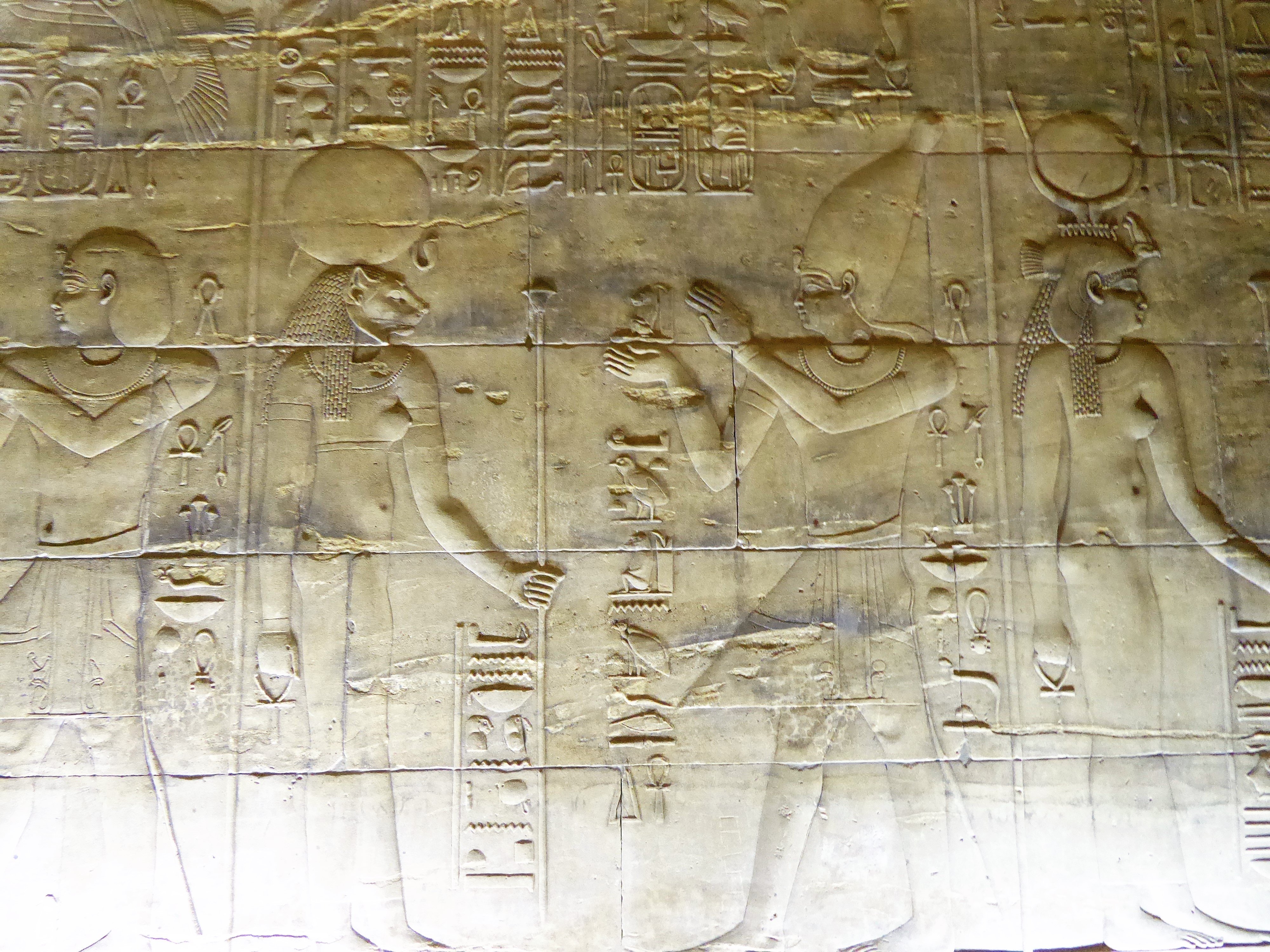
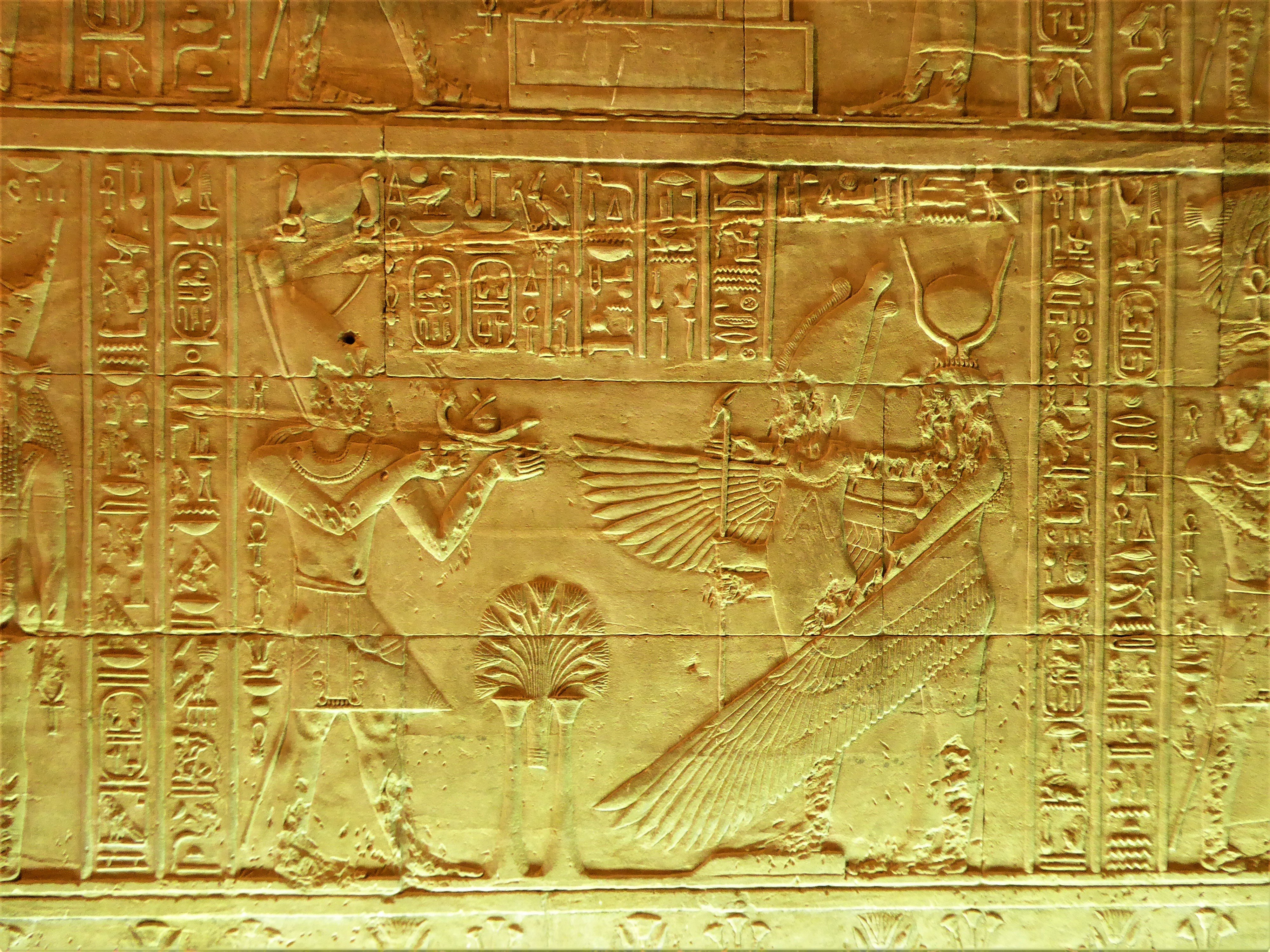
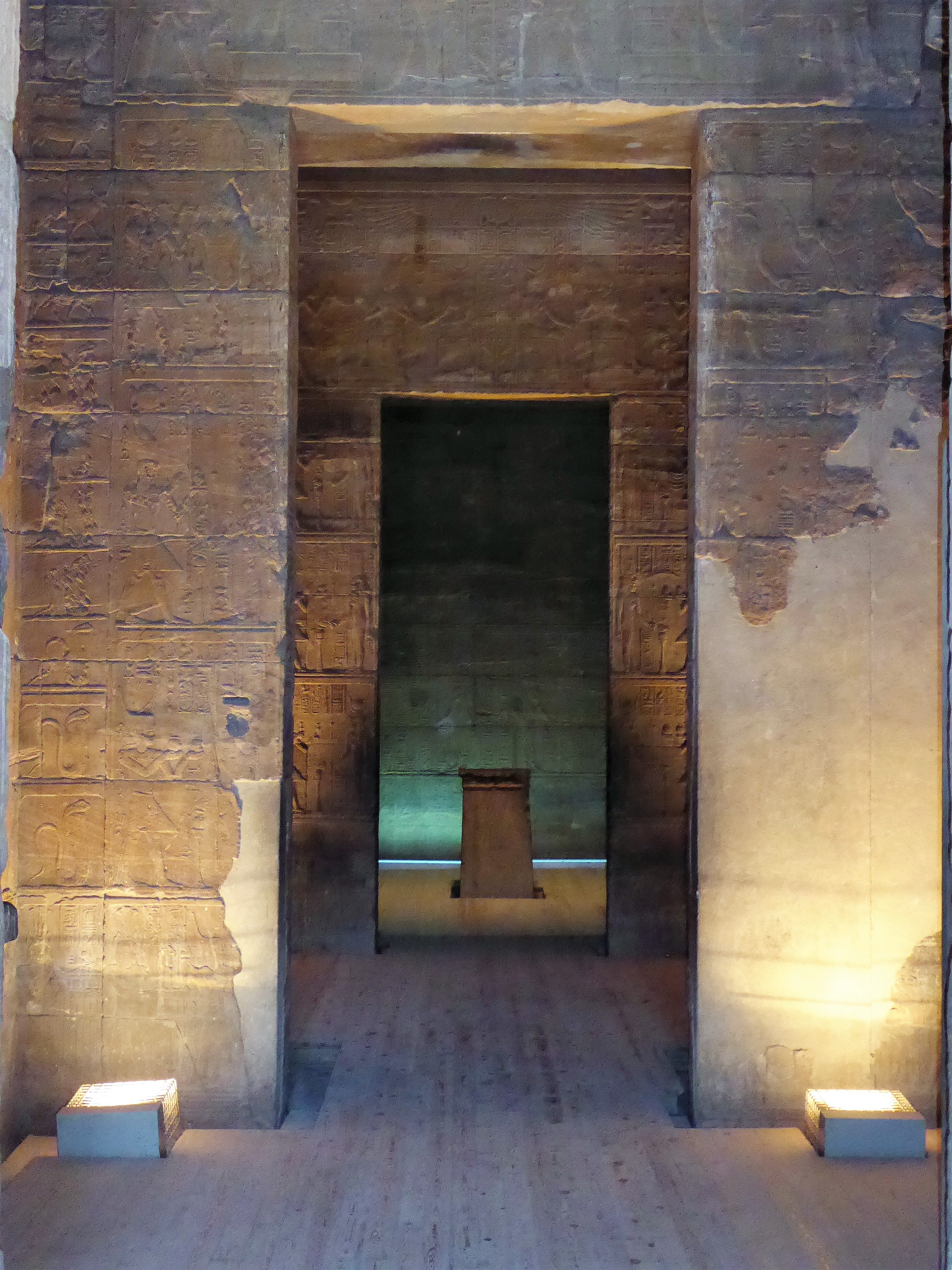

Nile Cruise
In my short time I was in Aswan I thought I had seen most of what it had to offer, give the situation I had with my first hotel my reluctance to go to Abu Simbel was financially driven and give me the opportunity to keep the door open for another visit, I hope. From my hotel and most vantage points from the city you cannot miss the holes dug into the mountain on the West side made more prominent by the yellow-orange spotlights that shine on the mountain during the evening. The felucca option was no longer an option so I half-heartedly agreed on a Nile Cruise that would take me to Luxor over three nights; nothing to do on the boat except to write, or so I thought!
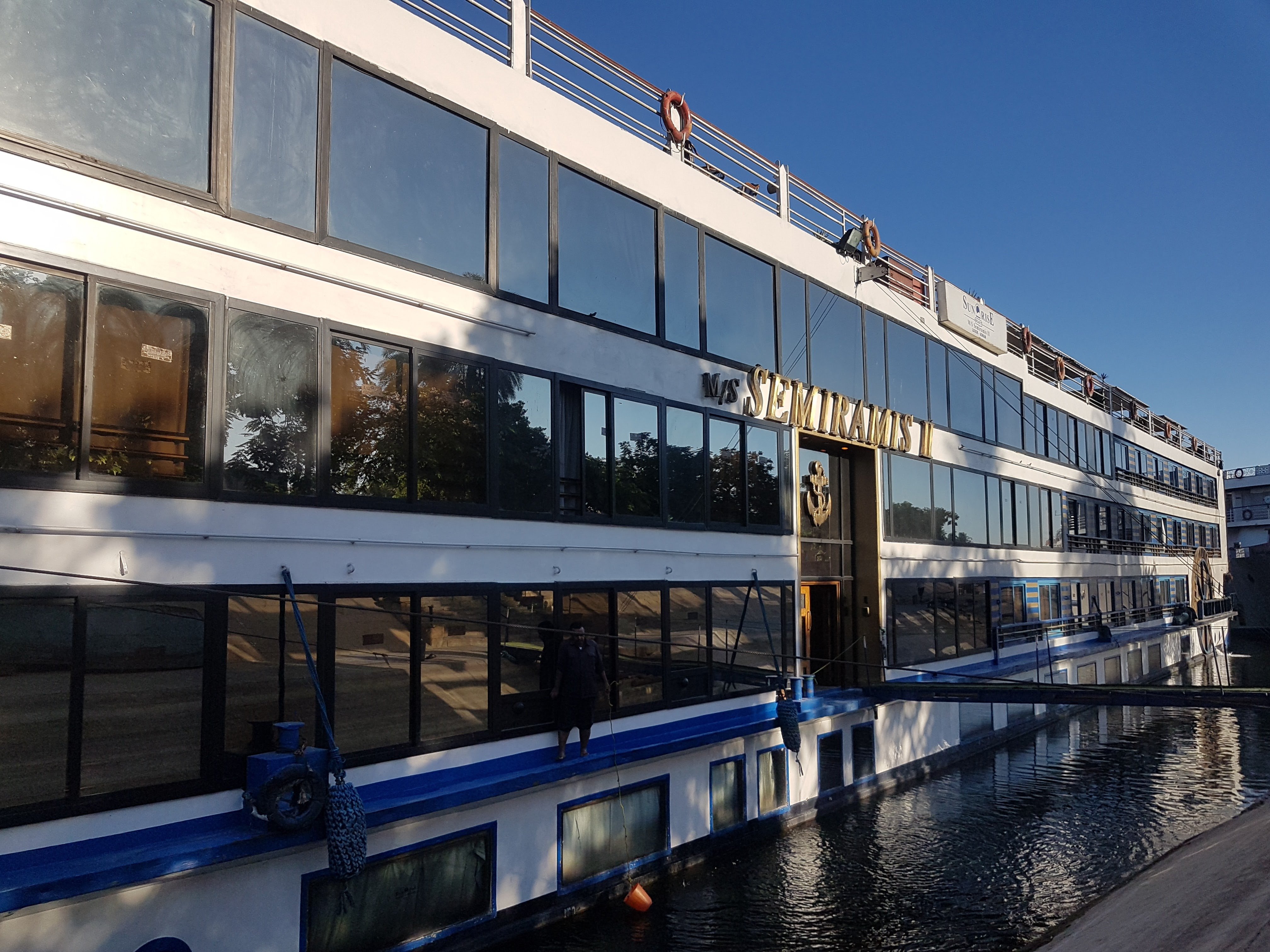
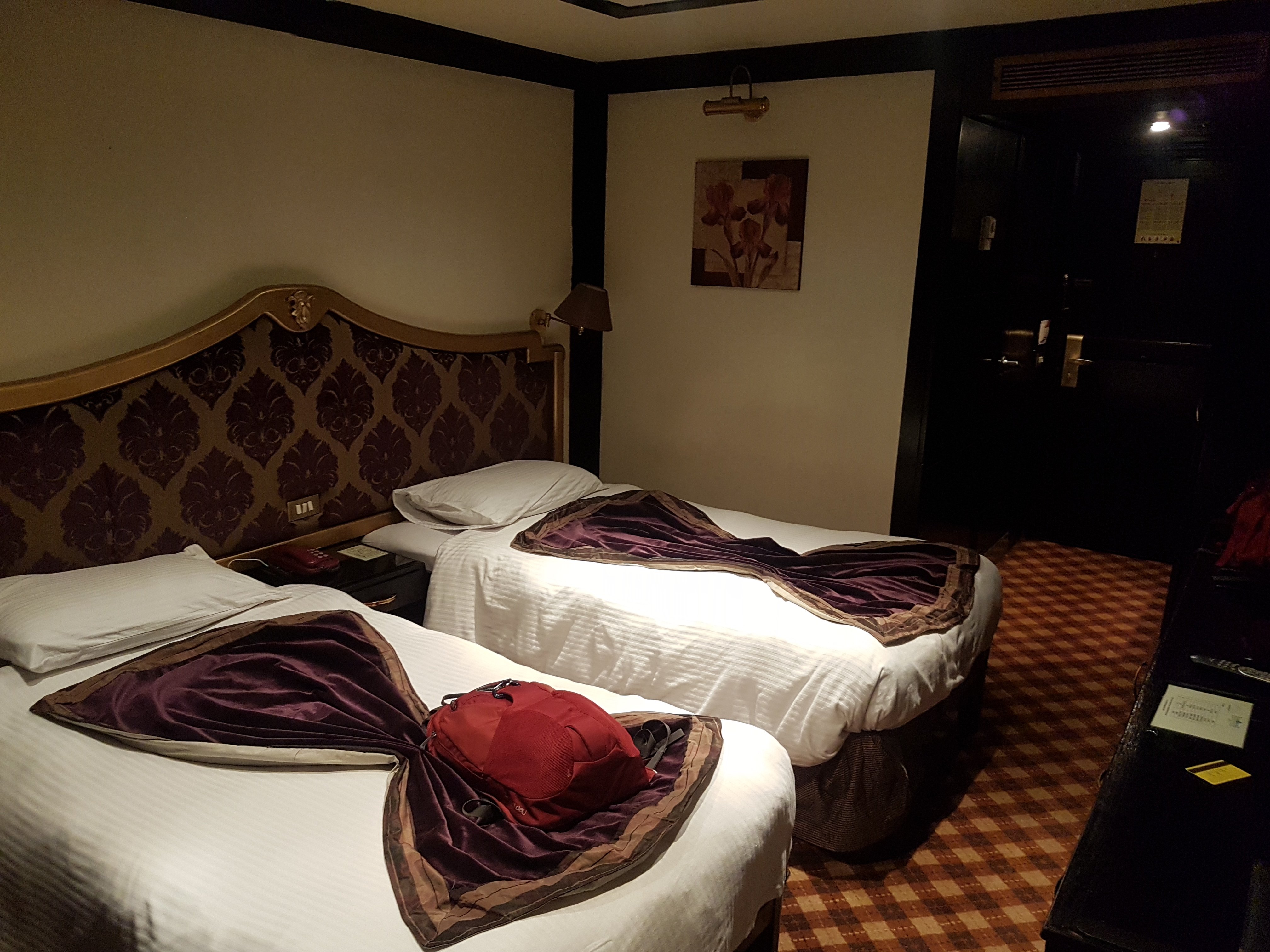

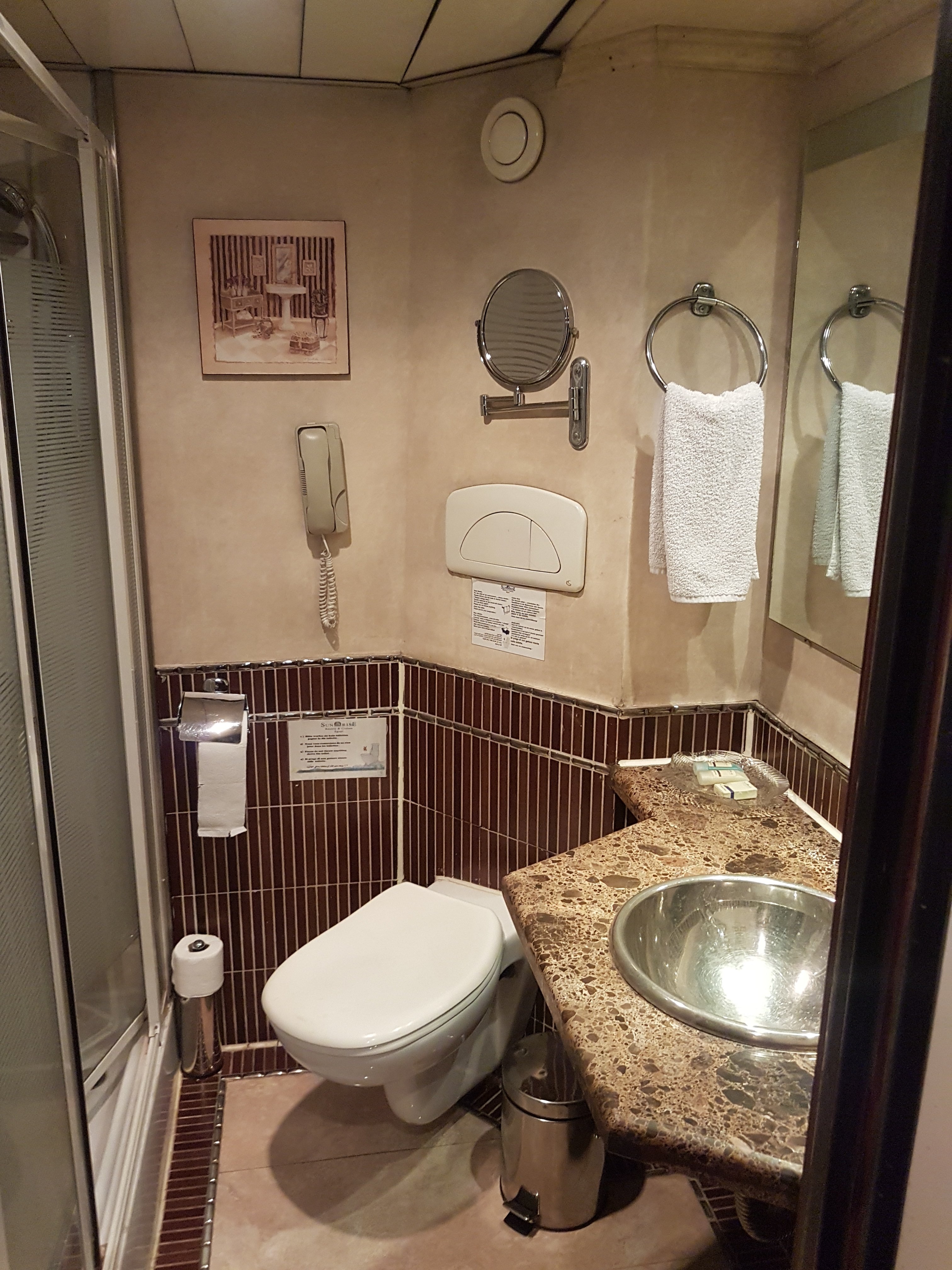
The company I used (South Sinai Travel) to make the arrangements was based at the hotel (as many are in Egypt so it seems), I thought it was a little expensive at US$400 but at least I could get some sightseeing done as it stayed at Aswan for the first night, then Esna then Luxor and the ticket included 3 meals, all entrances to sites but excluded drinks – if I compared it to a train, hotel and entrance it was still more expensive but saved me time in arranging things myself. The Travel agency knew I had been in Aswan a few days (I had already used them to go to the other places in Aswan) so arranged a short hour long trip on a felucca, I thought this was a nice gesture but at the back of my mind I still thought “they” had done me in and even threw in a “private tour guide for where ever we were stopping…my thoughts went back to the guides in Giza; hardly a guide in my opinion if you know more than them, oh well at least the passing views of the Nile on the boat would be refreshing.
Whilst on the felucca my “guide” (Mahmoud) and I had general chit chat and first impressions were good, he seemed to know his stuff even if I threw him curve-balls. I asked about the tombs on the mountain and he said he could arrange a trip the next day before the boat headed off to Esna. As you may already have picked up I had become sceptical about “help” in Egypt but the tombs were very enticing, old and middle Kingdom and seems neglected by other tourists as I had only seen 3, maybe 4 people there in the past three days. Mahmoud also said the trip would include a camel ride to the monastery behind them…ah yes, it would cost US$100 and he would arrange it with South Sinai Travel. I was reluctant at first but thought hell I may as well take a plunge as Aswan hadn’t offered up much but nor had I thought it would and the tombs looked very enticing.
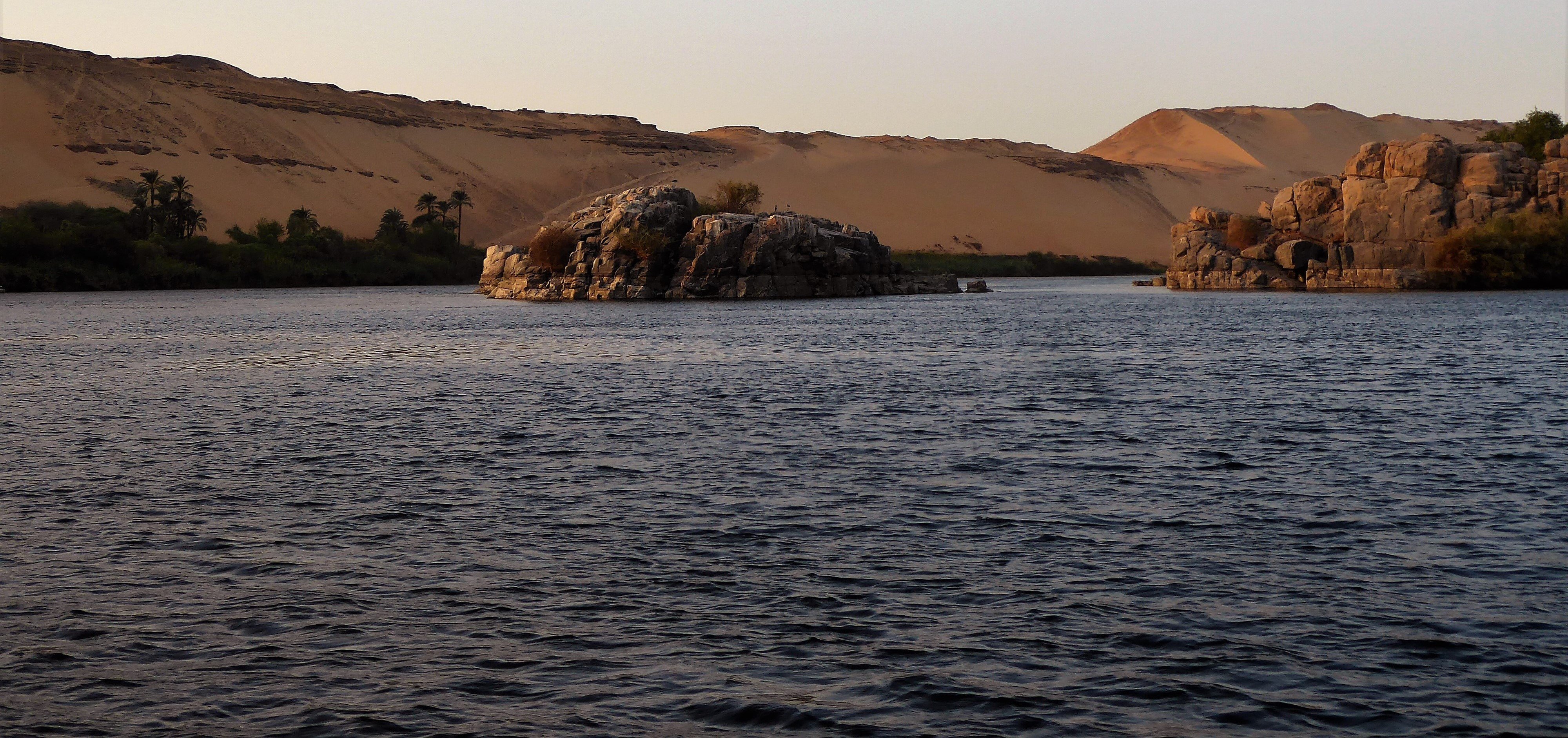

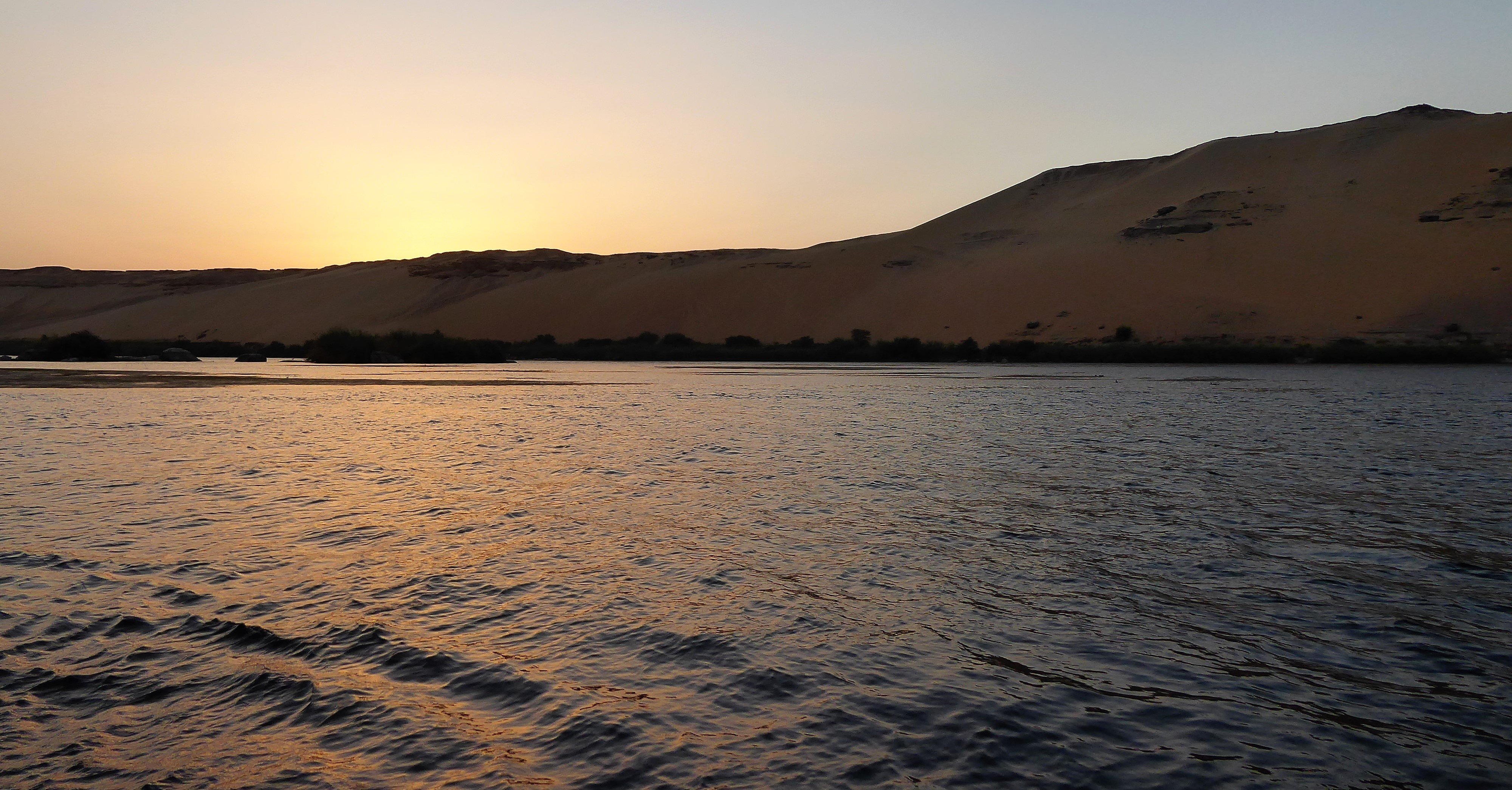

Another good read!